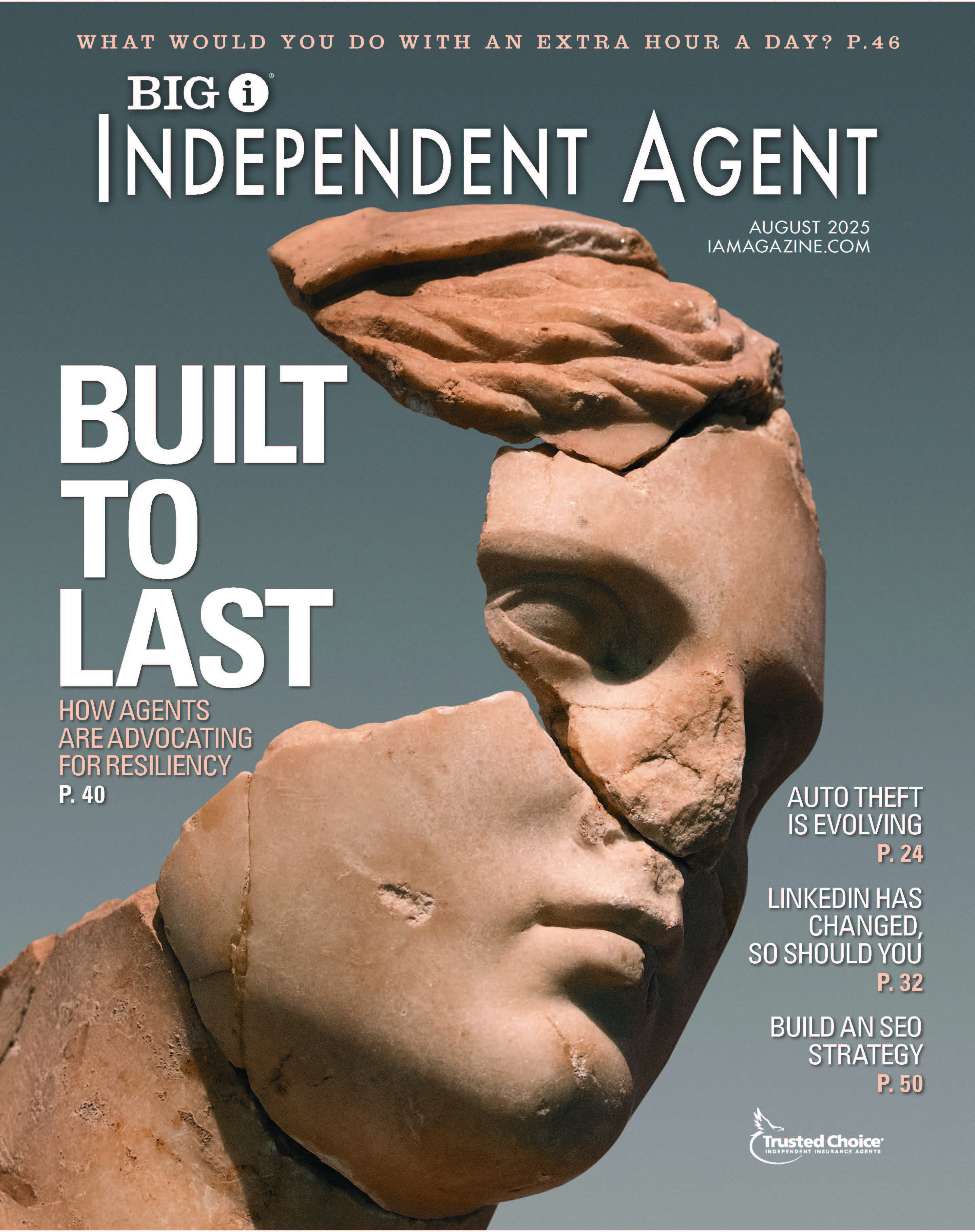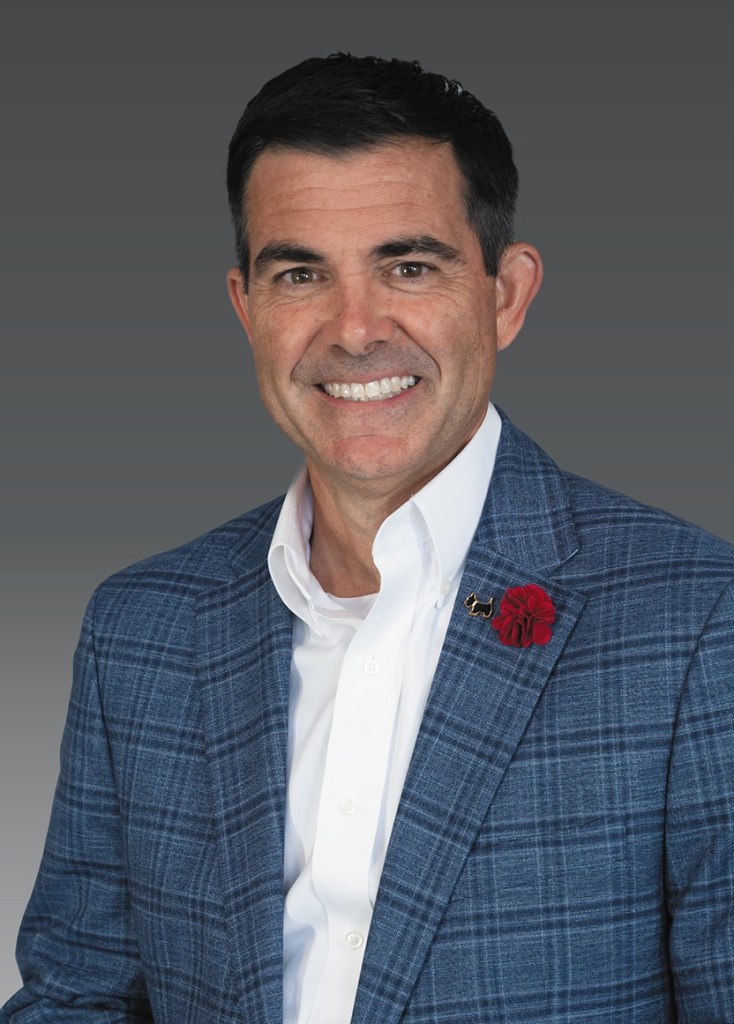The Cutting Edge
By: Shane Snow
The six words that kill innovation in business? “We’ve always done it this way.”
Most companies stop growing after a certain point, or at least stop growing quickly, because they assume the way something is done is the only way it can be done. But some organizations are able to achieve incredible things in implausibly short time frames, using “smartcuts” to rethink convention and accelerate success.
IA talked to Shane Snow, author of the new book “Smartcuts,” to find out how. In his own words, here’s how small businesses can win the innovation game.
Best of the Best
One day I made a list of superlatives in business—fastest-growing companies ever, youngest Fortune 500 CEOs, fastest self-made billionaires, most consistently high-performing stock, things like that. And I started researching who the people were behind these “faster than expected” success stories.
I then made an expanded list of superlatives—who is the Michael Jordan of every industry I could think of, from figure skating to racecar driving? And in learning those stories, I started to see some patterns. Anyone who has made a breakthrough in how the game is being played did it, by definition, by breaking with convention and going the road less traveled.
Bigger or Better
In the first chapter of “Smartcuts,” I tell the story of a group of bored college students in the Rocky Mountains who played this game called “Bigger or Better,” which is basically a scavenger hunt where you go door to door and trade small objects for slightly bigger objects. For example, you start with a tooth pick and you knock on a door and say “Would you trade this for something bigger or better?” Some people play along, and you trade the tooth pick for a piece of gum, and then the gum for a pack of sticky notes, and then the sticky notes for a bouquet of flowers. After three hours, some kids would come back with television sets and canoes. The story there illustrates a really powerful principle that can be applied both to career building and business building. There is an expectation that to climb the ladder and get the big clients or big role, you have to spend a certain amount of time to do so. The job description says “five years of experience required.” We place value on the amount of time spent and not necessarily the merit. Some of the best performers, like many U.S. presidents, are those who do things faster than the typical “pay your dues” paradigm would allow.
The game “Bigger or Better” also illustrates what you see very smart companies do. If you start a company and have three employees, you can’t just show up to NASA and try to sell them the rocket parts you’re building. If you’re a 20-year-old company, they might consider you. But you might be able to get NASA to take a bet on you if you can show them you have worked with someone slightly smaller than NASA. You keep reaching up one ladder rung, not 20. Take the big challenge you’re trying to achieve and break it down into a series of very tight steps—and trade up from the bottom. For small businesses hampered by the idea that you have to spend a certain amount of time before people trust you, you can win that trust by doing this level-up game where you borrow the brand equity from slightly smaller brands to boost yourself up to work with bigger brands.
The Power of 10
One of my book sources at Google said it is easier to make something 10 times better than 10% better, which seems to defy logic and math. But this man had invented a lot of incredible things and Google has outperformed—so is there some truth to it? And if so, what are the nuances that made it true?
When you’re trying to build something and make it better, ask the question: What if we had to do this for 100 times cheaper or 10 times simpler? It’s an interesting question that forces people to rethink the assumptions they have. “What if you had to make it 10 times better?” is a really interesting question—it forces you to ask a series of questions to drive at the lateral thinking. You’d have to say: What would we have to break? Who would we have to hire? Who would we have to fire? How much money would we need? What things would we have to reject, give up or finally give in to? How would we approach the problem sideways? Maybe you don’t get there—maybe you only get 20% better. But it’s a great question for brainstorming innovation. New blood and old could afford to ask that question more.
Myths About Failure
You encounter common pieces of advice about failing in business. One school of thought is what you see Silicon Valley startups doing—fail early and fail often. Build something quick and dirty and get it out there, and if it fails, move on to the next thing. There is another school of thought that says you learn from your failures. But research shows you actually don’t learn as much from your failures as we preach. People who start companies that fail are no more likely to succeed in their second business than people who have never started a business before.
So in the book I look at how we can learn from failure and how we prevent failure. I researched the Second City Comedy School and how they train comedians to do the most terrifying thing in the world: standing up in front of a crowd and telling jokes, knowing that the audience won’t laugh at at least half of them. They use a system to get people comfortable with failure so they’re not afraid of it. But they also use an escalating series of environments where they make it impossible to completely fail.
If you’re landing a jet on an aircraft carrier, you can’t fail fast and fail often—you have one shot. But the military trains airplane pilots to land jets in the flight simulator so you can fail in the flight simulator and that failure becomes feedback. How do you set up your business so there is no possibility of total failure by the time you get out to market?
Power of Radical Simplification
People who tend to be creative problem solvers become disciplined at limiting the number of choices they make in their life. For example, Ben Franklin was very proud of the fact that he was never a foodie. He didn’t really care about what he ate so he would have more time to think about problems. A leader like President Obama, aside from the tan suit incident, never wears anything other than blue and grey suits. He doesn’t want to make the decision about what to wear because he has so many other decisions to make. Steve Jobs did the same thing—he always wore the same outfit. It sounds like an eccentric thing busy people do, but there is actual psychological research to back it up. The more decisions you make, the less willpower and creativity you have when approaching problems.
How can you make your business environment and what you ask employees to do more simple and streamlined so they don’t have to make as many decisions about things that really don’t matter and so they can focus on the things that really do? And the same in your personal life—what can you do to preserve this well of creativity we all have that gets sapped by the end of the day if we have to make a thousand decisions?
Think Laterally
The big theme of “Smartcuts” and the people I studied was the ability to use lateral thinking. Rather than simply addressing problems in the way they are given, it’s being allowed to question the question and reframe the problem.
As a business owner, you need to create an environment where anyone is allowed to question anything. The worst thing in business for innovation is the phrase “this is the way it’s done” or “that’s just how it happens here.” It’s hard and scary as an entry- or mid-level employee to question why it is we do that. So as a leader, you have to figure out ways to make employees feel like they can ask questions. Even if the answer is no, the ability to ask the question—and to question the business itself— is very important.
That’s how we got relativity. Einstein questioned whether the theory of gravity was true. That’s the kind of question you have to ask if you want to make breakthrough innovation.
Shane Snow is a New York City-based journalist, Web entrepreneur and co-founder and chief creative officer of media technology company Contently.










